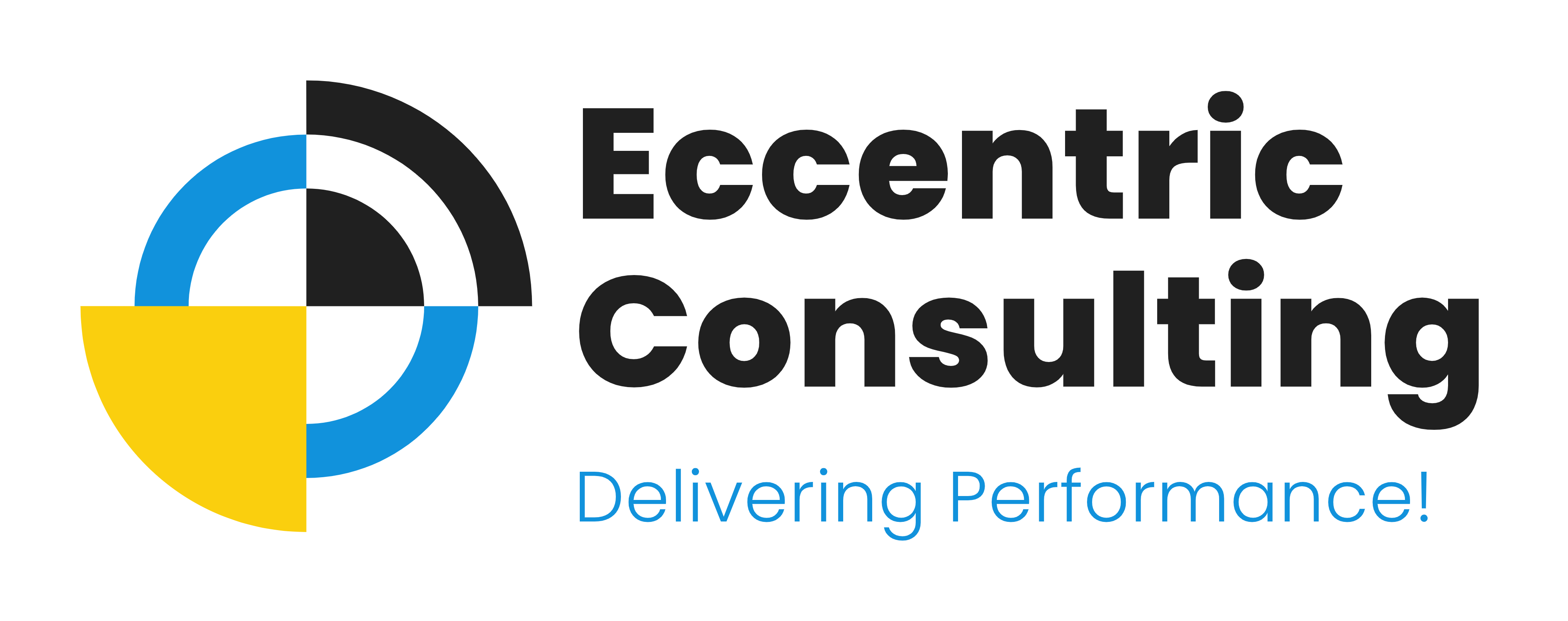The Hidden Costs of Legacy Systems
It’s 2024, and many businesses are still relying on outdated workflow systems. While these systems have served their purpose in the past, they can hinder your organization’s efficiency and potential growth.
As IT leaders and CIOs, it’s crucial to recognize how these systems are limiting your operations and explore the benefits of modernizing your workflow.
Understanding Workflow Management
Workflow management is all about optimizing processes to ensure tasks are completed efficiently. It’s the backbone of any organization, guiding teams through their daily activities.
When workflow systems are outdated, they slow down work and lead to errors, miscommunication, and frustration among team members.
The Risks of Sticking to Old Systems
Sticking to outdated workflow systems comes with significant risks.
Here are some key challenges:
1. Compatibility Issues:As software and technology evolve, legacy systems can struggle to integrate with new tools, creating barriers to innovation. This can prevent you from using the latest features that improve productivity.
2. Security Vulnerabilities:Older systems often lack the robust security measures needed to protect sensitive data. This can suspend injuries from your organization data, which causes financial losses and reputation damage.
3. A lack of support: many obsolete systems no longer receive updates or support from service providers, so that they are sensitive to errors and security threats.
4. Increase in operating costs: vertical preservation of obsolete systems can be more expensive than investing in modern solutions. You can spend more on repairs, fixes and problem expenditure than for a new efficient system.
Signed your workflow system is obsolete
Does your workflow system no longer meet your needs? Look for these signs:
1. Frequent downtime: Frequent crashes or slow performance can hinder productivity. If your team spends more time troubleshooting than working, it’s a clear sign that your system needs an upgrade.
2. Lack of integration: Difficulties integrating with modern tools create information silos, making it difficult for departments to collaborate effectively.
3. Manual processes:Over-reliance on manual input can lead to errors and wasted time. If you notice team members constantly copying and pasting information or manually updating records, it’s likely that your workflow is out of date.
4. Negative employee feedback: If your team is expressing frustration with their tools, that’s a sign that something needs to change. Employee engagement can drop if they feel stuck with inefficient systems.
If you notice these signs, it’s time to consider an upgrade.
The impact on employee productivity
Outdated workflow systems can undermine employee productivity in a number of ways. Here’s how:
1. Time wasted troubleshooting: Employees may find themselves spending more time troubleshooting than completing their tasks. This can create a vicious cycle of frustration that lowers overall morale.
2. Miscommunication:Poor systems often lead to miscommunication and missed deadlines. Team members may not have access to the most up-to-date information, leading to delays and confusion.
3. Lower engagement:A cumbersome system can lead to frustration and disinterest. Employees may feel helpless when they can’t do their jobs effectively, leading to a lack of motivation.
4. Burnout: Constant problems with outdated systems can contribute to employee burnout. When employees are overwhelmed by inefficiencies, they can become less satisfied with their jobs, leading to high employee turnover.
Benefits of Modern Workflow Systems
Upgrading to a modern workflow system offers numerous benefits that can have a positive impact on your organization. Here are some key benefits:
1. Improved Efficiency: Streamlined processes save time and reduce errors. Automation capabilities allow routine tasks to be completed quickly, freeing up employees to focus on higher-value work.
2. Scalability: As your business grows, modern systems can easily adapt to changing needs. Whether you’re adding new users or integrating new features, scalability is a key benefit.
3. Improved data management: With advanced data management capabilities, modern systems help businesses maintain data accuracy and compliance. This is especially important for industries that require strict regulatory compliance.
4. Analytics and insights: Modern systems provide valuable insights into workflow performance, allowing organizations to identify bottlenecks and make data-driven decisions.
Making the transition
Moving to a new workflow system can seem daunting, but it doesn’t have to be.
Here are steps to ensure a smooth transition:
1. Assess your needs: Identify what your organization wants from a new system. Engage stakeholders to gather input on which features would be most beneficial.
2. Choose the right partner:Work with an experienced SAP consulting firm that specializes in workflow management. Their expertise can guide you through the selection and implementation process.
3. Develop a clear implementation plan:Define timelines, milestones, and key responsibilities to ensure everyone knows their role during the transition.
4. Provide training and support: invest in training programs to help employees adapt to the new system. Continuous support can alleviate the transition and increase trust in the use of new tools.
5. Monitor and regular: after the new system is present, check the performance regularly. Collect feedback from users and prepare to make changes if necessary.
6. Involve your team:Involve employees in the decision-making process to ensure buy-in. When team members feel included, they are more likely to embrace change.
Empower Your Future
It is 2024 and time for obsolete workflow systems is over. By modernizing your approach, you can unlock the potential of your business, improve productivity and promote a more committed workforce.
Do not be used by an obsolete system, transmit the change, invest in the right solutions and observe how your business prosperous.


No responses yet